Pick An Environmentally Friendly Engagement Ring
Dig for a diamond that gives back with this guide to the world’s most ecologically responsible gems.
It’s the moment you’ve always dreamed of—time to buy an engagement ring. It’s a sparkling, beautiful piece of jewelry that symbolizes the depth of your love and commitment. And for many couples tying the knot, diamonds are a popular choice. They’re resilient, they come in many sizes and colors, and they look good with just about any metal band. Unfortunately, diamonds aren’t a girl’s best friend, unless they are sourced from a reputable trader. To help you out when the time comes, we’ve put together a handy guide to ethical diamonds that are not only conflict-free, but actually contribute to a cleaner environment and a healthier, wealthier society. We also provide tools to navigate size, color, and cuts in order to create the custom engagement ring that most resonates with you. But first, what is a diamond and where does it come from?
Diamonds’ Deep Origins
Diamonds extracted from the earth have been “growing” for up to 3.3 billion years. Let that sink in for a second. Diamonds crystallize as far as 118 miles deep in the earth’s mantle. Technically speaking, they are transparent crystals of tetrahedrally bonded carbon that form as a result of high temperatures and pressure. After deep volcanic eruptions that cool, the diamonds surface as igneous rocks such as kimberlites. Kimberlites are long pipes full of diamonds, and while they used to be ubiquitous, the nongovernment organization Diamond Development Initiative (DDI) notes it has been a good 10 years since new kimberlites have been found. More easily accessible kimberlites are unlikely to be found anytime soon because of the difficulty and expense associated with prospecting. While industry leaders are slightly more optimistic, nobody questions that diamonds are increasingly difficult to source and supply is dropping as demand soars.
The Big Hole: History of the Diamond
The first kimberlite pipes were discovered in the Northern Cape province of South Africa in the late 1800s. By 1872, 50,000 miners had converged in Kimberley to manually dig what is known as The Big Hole, which is 1,519 feet wide and 790 feet deep. Many people died in pursuit of the next big diamond because of hazardous working conditions, so several mining companies merged as De Beers Consolidated Mines Limited to clean up the business. A century-long, global monopoly subsequently ensued with virtually zero oversight. Twenty five countries now have substantial diamond mining operations. And for many, it’s a curse.
Beyond Conflict-free
The film Blood Diamond helped expose the world to the dirty business that is diamond trading. More than 3 million people have been killed in African countries including the Democratic Republic of Congo, Sierra Leone, and Angola as a result of civil wars fought over what we now call conflict diamonds. Eventually, the horrific stories of women and children enduring unspeakable atrocities became very embarrassing for the diamond industry, so it developed a certification standard called the Kimberley Process (KP) in a halfhearted effort to root out violence. Even though the majority of diamonds traded on the market today are certifiably conflict-free, few environmentalists or social activists take KP seriously anymore and several of its key founders pulled out due to reports of corruption, nonexistent regulation, and an effort for powerful interests like De Beers to maintain their monopoly. If a diamond trader’s best claim is that they meet KP standards, it may be best to keep looking. For conscious consumers, a conflict-free diamond simply isn’t good enough.
The Mining Process
Most modern mines use earthmoving equipment to dig massive open pits, though De Beers also mines diamonds from the Atlantic Ocean’s seabed off the coast of Namibia. There’s financial incentive to minimize disturbance in order to avoid having too much waste material to sift through, but it’s still a destructive practice that requires a good deal of water and energy, produces emissions and waste, and disrupts biodiversity. Some sellers say the best diamonds are those sourced from Canada, since they have stringent environmental and social standards. But this isn’t completely true. The Canadian Arctic Resources Committee found irreversible environmental damage has occurred at and beyond mining sites such as Ekati mine in the Northwest Territories. Water quality has changed for the worse, lakes have been drained (destroying fish habitat), and grazing wildlife like caribou are beginning to look for their food elsewhere because of serious land degradation. Even though Canada does more than most countries to ensure diamond mining has a low environmental impact, work still needs to be done. Also, if someone tells you their diamonds were mined to ISO 14 001 environmental standards developed by the non-profit International Organization for Standardization, be wary: This is a voluntary initiative with a loose regulatory framework like KP. Sixty-five percent of the world’s diamonds come from Africa—and conflict diamonds have been reduced from approximately four percent to one percent of the market since KP was implemented in 2003—but it still takes some digging to find ethical gems. As you conduct your search, the trick is to know what you’re looking for.
Ethical Diamonds: What to Consider Before You Buy
Fair industry standards
When sourcing your ring, look for a retailer that supports development organizations like DDI, which strives to improve industry standards and provide training programs for artisanal miners, while also working towards establishing a Fair Trade certification system to link responsible artisanal diamond mining businesses with conscientious consumers.
Fair working conditions
When buying your ring, sure everyone who has contributed to the end product—prospectors, miners, polishers—receives a fair wage for their work and enjoys pleasant working conditions. Most ethical sellers will alert you to their standards right away in order to distinguish themselves from big-box sellers.
Lab-grown
If you love the glimmer of a diamond but it’s not as important that it has been mined, consider a lab-grown diamond. Unlike simulant diamonds, lab-grown diamonds are real diamonds with the exact same molecular and physical properties as a diamond extracted from the Earth, but they are grown in a lab. They may well be the most environmentally friendly diamond you can purchase, though they won’t always come with the same kind of job opportunities for local communities as a larger artisanal mining operation.
Recycled band
In addition to worrying about where your diamonds come from, it’s important to be conscientious about the origin of the band as well. In fact, 20 tons of ore and waste rock are required to produce one standard gold band. Look for a retailer who sells rings made with only recycled gold and platinum, which will drastically reduce the ring’s footprint.
The supplier
Many people go straight to their local mall when looking for an engagement ring, but we recommend shopping around. There are plenty of boutique jewelers and online craft markets with a solid reputation for sourcing ethical diamonds, preferably from an artisanal mine or lab-grown and paired with a fair-trade or recycled metal band. No diamond on the market is 100 percent sustainable, but some are certainly better than others.
The 4 Cs
In order to help diamond consumers gauge the scale and quality of diamonds, the Gemological Institute of America developed the 4Cs of diamond quality: color, clarity, cut, and carat. Diamonds with no color are the most chemically pure, and therefore most superior. Clarity refers to how many inclusions or blemishes diamonds have as a result of being battered around by a lot of heat and pressure. When evaluating a diamond’s clarity, a jeweler looks for the number, size, and nature of these blemishes to determine how they affect the stone’s overall appearance. The fewer dings the better. Cuts, on the other hand, come in many variations. Round and princess cuts are said to be most popular because they reflect light so well (and that’s the holy grail of diamonds) but there are 10 popular shapes and hundreds more that are proprietary. Carat of course refers to size. One metric carat is 200 milligrams. GIA has several interactive charts that analyze different colors and sizes, so you will be armed with all the necessary tools before purchasing the ring of a lifetime.
This article was originally published by custommade.com Click here for the article http://goo.gl/XiEJRz
If you’re interested in customising jewellery or purchasing diamonds, get in touch with us at 044-28363602 or [email protected]
View our Diamond Jewellery Collection: Diamond Jewellery | Diamond Earrings | Diamond Rings | Diamond Jhumki | Diamond Pendants
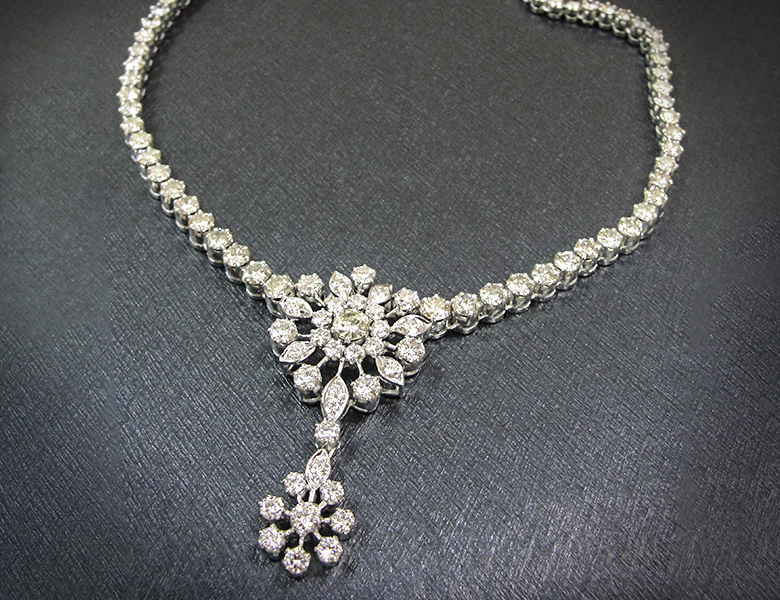

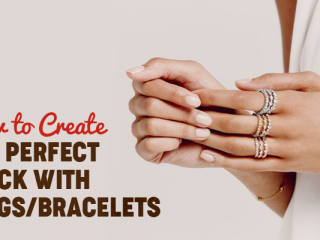
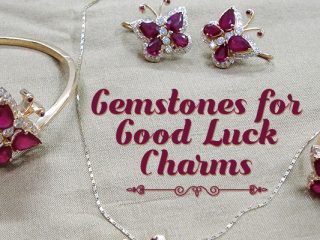
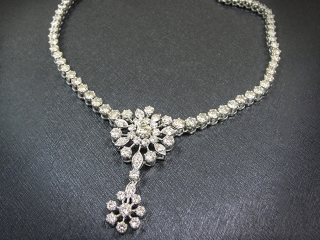
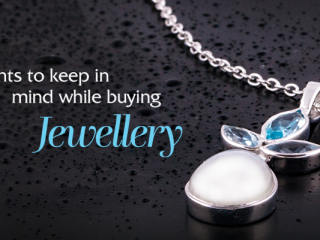
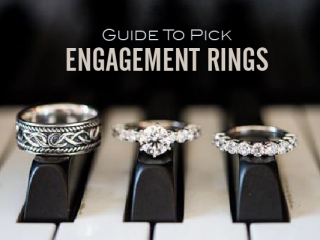
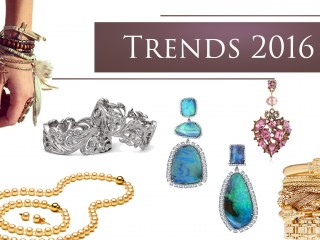
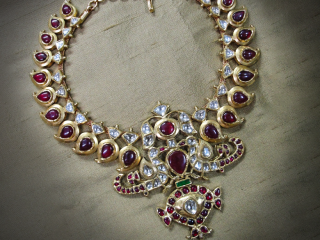

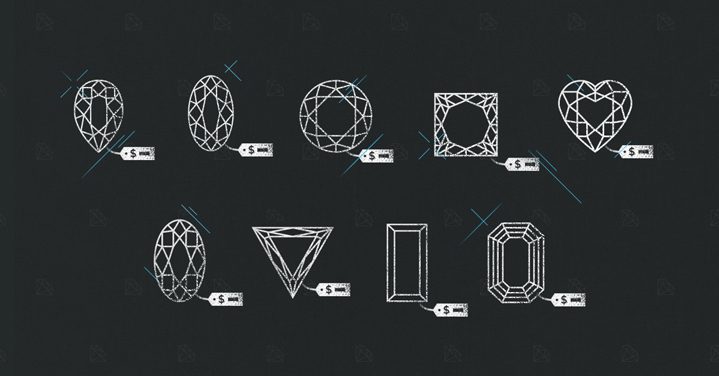
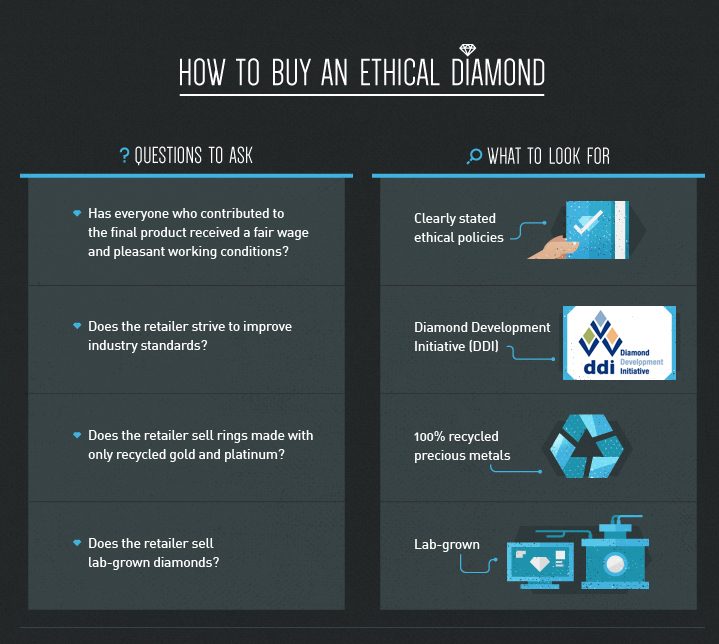
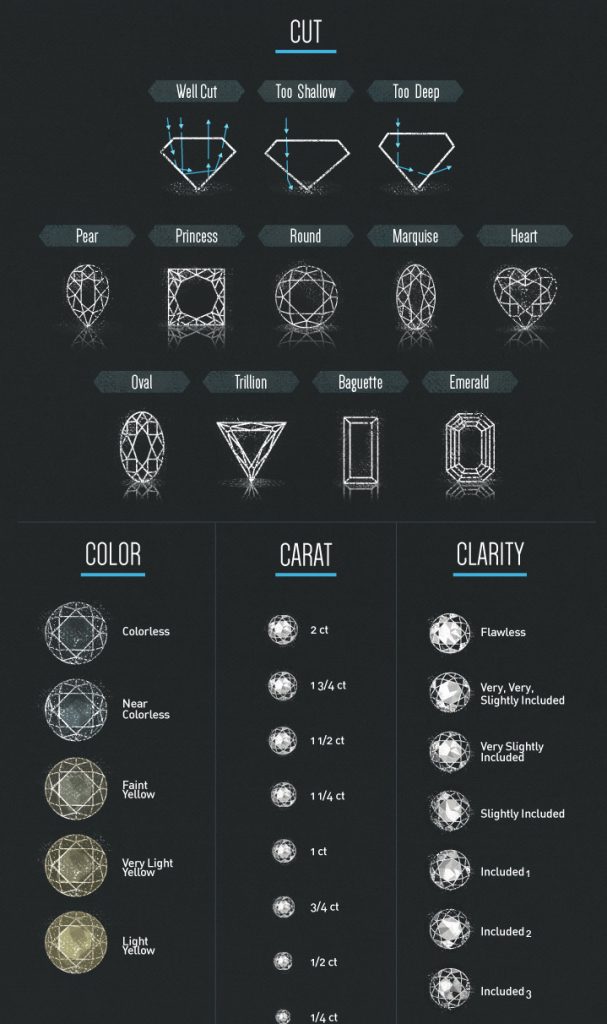

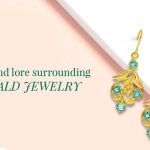
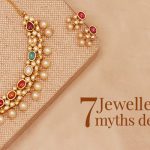
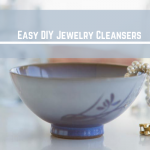
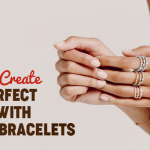
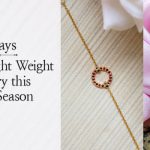
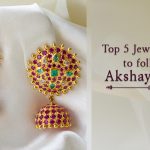


Thangamayil Jewellery
An informative article on the cards again team Gehna. Likes it. Kudos to you guys.
To know more on an exciting range of Bridal Jewellery Collections log on to http://www.thangamayil.com
Kasturi Diamond
Really your informative forum again team gehna. thanks for sharing this. you have to multiple range of jewelry products.
jobsinnamibia.info
You should be a part of a contest for one oof the most useful blogs online.
I most certainly will highly recommend this blog!